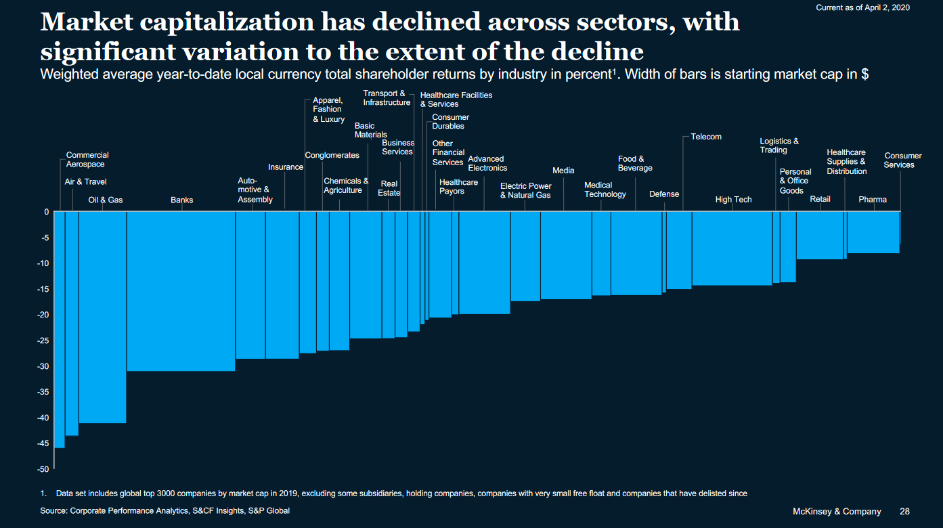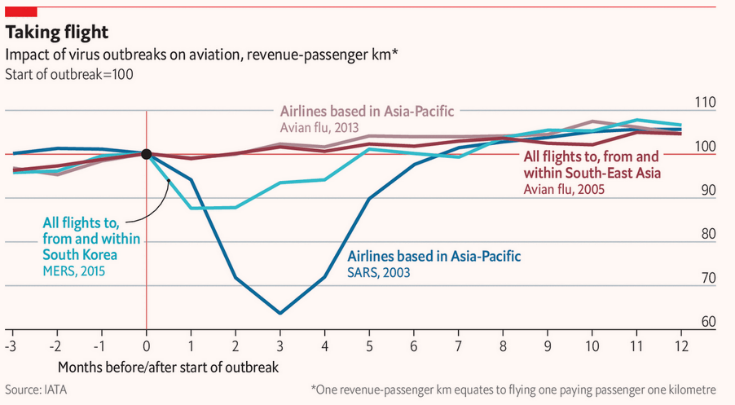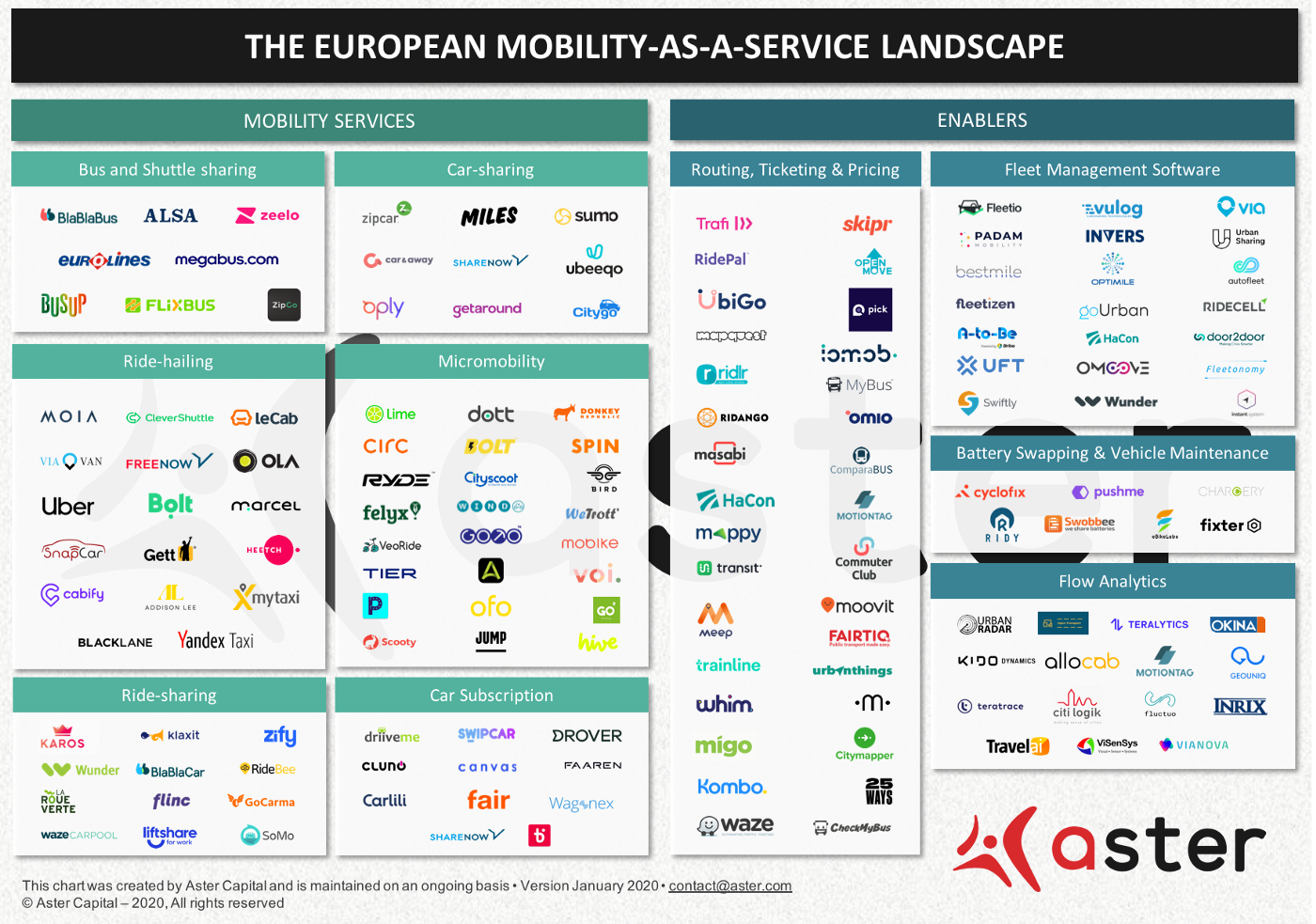Let’s face it, times are tough. We are in the middle of a major health crisis that, depending on its outcome, could lead to the biggest economic crisis in our recent history. Dark predictions are not popular, yet many of them come true day after day.
Like other VCs, we have spent four busy weeks working hand in hand with our startups to navigate through these uncertain times. Slowly understanding what lies ahead is not enough — there is little or no time to react and act — which is the most challenging.
The only way for startups to navigate through this “fog of uncertainty” is to draw up scenarios and seriously prepare for the worst disruptions and changes in activity. Most importantly, these scenarios must be carefully studied so that startups (and VCs) can reinvent themselves — we are not simply faced with a virus that comes with winter and goes with summer. The World is on the verge of a major power shift that was already well underway before and which the health crisis has only accelerated. Only one thing is certain: the next normal will be very different from the current one and startups have a role to play in defining it.
That’s why we have decided to share our baseline scenario with you. It’s not a prediction but it’s what appears to be, for us, the most likely path at a given time. In our series of articles, which we will post in the coming weeks, we will delve into the impact of Covid-19 on different industries. We hope this will help startups reinvent themselves as soon as the initial storm passes.
Our baseline scenario
Phase 1: Quarantine period — Fighting through the sanitary crisis
The quarantine period will end when the number of infected patients is sufficiently low and when secondary peaks can be managed by measures other than quarantine. In Wuhan, the quarantine period lasted 10 weeks. So, we can say that the best-case scenario for the EU is 10–12 — we expect quarantine to end beginning of June in France and 2–3 weeks later in the UK. Partial quarantine measures may allow to lift lockdown earlier, with specific business activities resuming as early as the end of April, but there is little visibility on that for now ; it could increase the risk of future epidemic peaks. Currently, France and the UK do not plan to partially reopen until the second week of May.
Phase 2: Safe-mode period — Learning to co-exist with Covid-19
Once lockdown is lifted, the world will go through a “safe-mode” period during which the economy will operate at limited capacity. People will return to work, many business activities will resume (with the exception of the travel, tourism and event industries) with the risk of a second epidemic peak.
With the economy running at 85–90%, we also risk a prolonged economic depression. A sharp rebound seems increasingly unlikely, especially since government measures are unlikely to prevent bankruptcies and unemployment. Injecting money and loans will not fully revive an already over-indebted economy, and supply and demand may not return to pre-crisis levels due to the remaining virus risks. This period could end at best by the end of Q4 2020, or even 2021, until a vaccine is developed and distributed at scale.
Phase 2 will be even more challenging than the quarantine period, but this is also where new opportunities will arise. As everyone will be forced to change their behaviour for a extended period of time, new habits will emerge. Trends will die, appear or strengthen in all sectors.
Phase 3: Period of recovery — Development and distribution of a vaccine at large-scale
It is difficult to determine when exactly the period of recovery will begin. It depends primarily on the distribution of an effective vaccine, which is best done after 12 to 18 months (i.e., until 2021). By that time, the trends emerging in phase 2 will have become the new “normal”.
What it means for startups



















